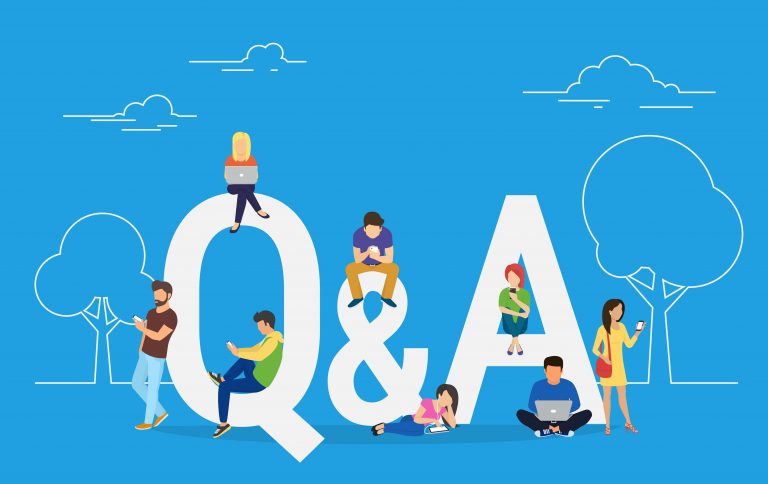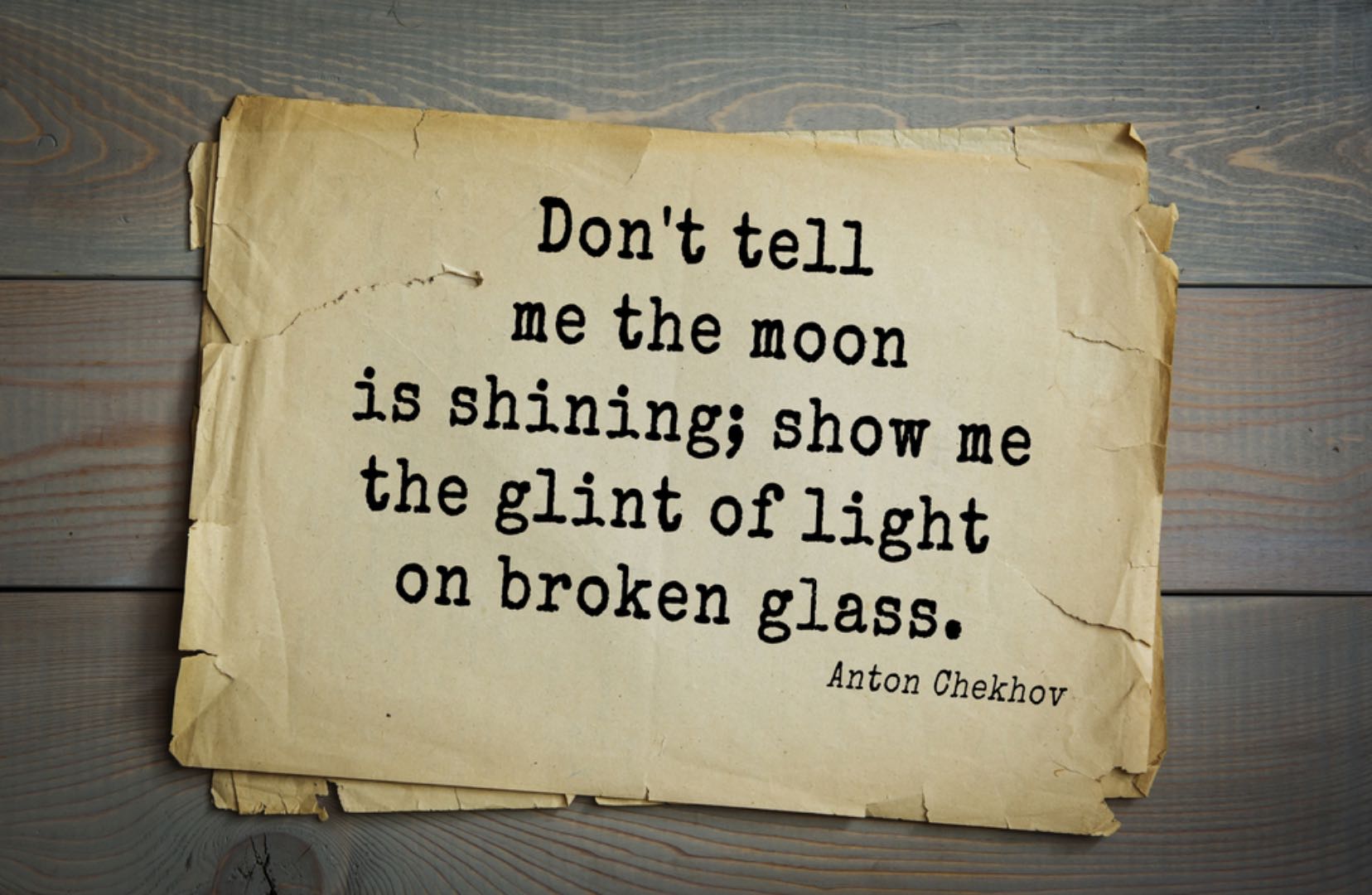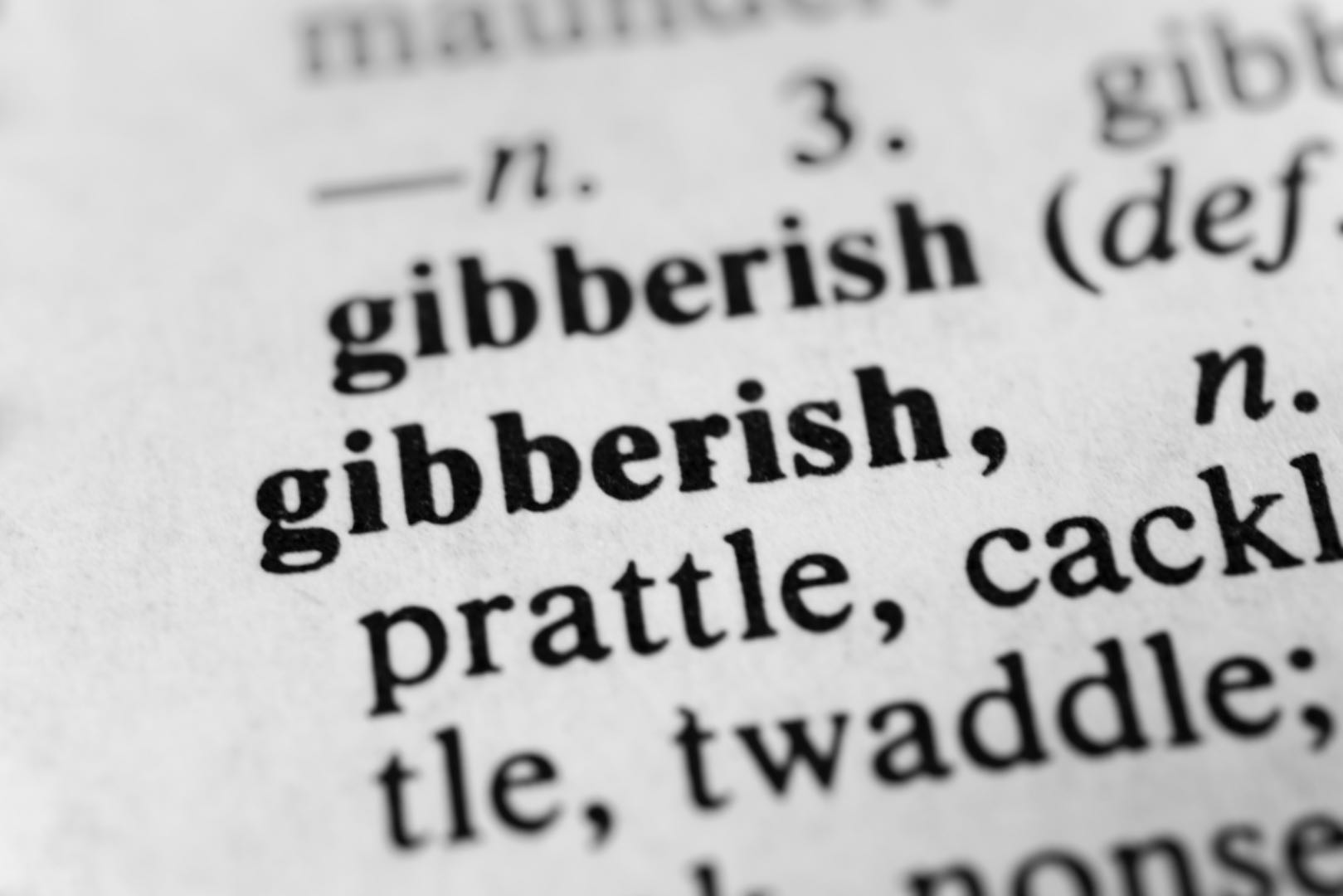Journalism is dead.
SEO is dead.
Content writing is dead, soon to be taken over by AI.
There’s so much supposed death in my working life that I was forced to take a stand against the naysayers, focusing my efforts on all three of these dead practices.
And the outcome? Success over and over again among clients and personal writing.
I’ve worked as a journalist since 2001 — first as a traditional reporter for a newspaper, then as a motorcycle journalist since 2008 and through today. I’ve also interviewed ghostwriting clients across various industries since 2013.
And I’ve been doing SEO since around 2010.
Let me tell you: when journalism and SEO join forces, the outcome is… um, deadly for the competition.
Many journalism tactics can help your SEO content writing today.
In this column, you’ll learn journalism tactics you can use to add SEO muscle to your content, which simultaneously fueling Google’s E-A-T guidelines (Expertise, Authoritativeness, and Trustworthiness). Each tactic will help influence the E-A-T elements by:
- Positioning you as an expert on the subject and within your industry.
- Positioning your website as an authoritative source because many other sources link to your content due to its strength.
- Positioning you and your website as a trustworthy source because of the above two combined.
And it all begins with one of the very first concepts every journalist learns about.
1. The Inverted Pyramid
The concept is simple. You communicate what’s most important in the article’s introductory paragraphs, and structure the content from most essential to least important.
The structure derived from the first days of the telegraph, which Samuel Morse invented (yes, the Morse Code Morse) and first used in 1845.
The telegraph sometimes lost transmission, so notes began with the most important elements first, followed by the supporting details.
Of course, the concept has evolved over the years.
You can think of using the inverted pyramid structure to provide the most crucial information first within an engaging lede, followed by a body of info that supports that information.
Within the body, you funnel information down until you get to the least important information.
The inverted pyramid style will not only hook your audience and explain just what they’ll get from your article, but it’ll also support SEO because of that engagement.
You also can frontload many target keywords, which shows search engines that you’re placing importance on these elements.
Also, I advocate outlining stories before any writing begins.
When you’re thinking in an inverted pyramid style, you outline your story for what’s needed in the opening paragraphs to engage, then what it’ll take to educate and inform in the body.
For a majority of online articles, this means outlining your listicle or subtopic points.
These are then turned into header tags (typically H2 or H3s) and help search engines grasp even quicker about what’s important. Remember always to use keywords within your subtopics.
Through personal and client work, I found related keywords work best here, such as having “inverted pyramid” as a subtopic that’s related to journalism.

2. Answer the 5Ws + 1H
Regardless of what type of writing, from a 300 blog to a 5,000-word white paper, for serious engagement, you must always answer the 5Ws + 1H: who, what, when, where, why, and how.
When using the inverted pyramid structure, answering the who, what, when, and where within the lede will increase engagement. Then, throughout the body, you can answer the why and how of your subject.
You don’t have to write blandly here, though. Fiction techniques can help keep people reading, such as using “cliff hangers” at the end of an article. This creating enticement and suspense so the reader doesn’t just but needs to know the additional information.
Try your best to always answer the 5Ws + 1H, regardless of the subject matter. This benefits SEO because you’ll be frontloading some vital keywords that you’re telling search engines are essential. Using this style also gives you more opportunities to use your target keywords naturally.
And as you move down through the why and how, think like an SEO by providing answers to question snippets found at the top of search results.
Take the time to search Google for the subtopics you had created in your outline and answer those questions for inclusion in snippets.
3. Engaging Headline
The best advice from the world of journalism in regards to headline writing? Fancy and cute words don’t prompt action. Instead, use concrete and valuable words.
For SEO, action translates to click-throughs and engagement, and both are direct ranking factors.
Headlines should perform one or several of the following:
- Create curiosity (21 Ways Researchers Prove You Can Do More By Doing Less).
- Promise how to do something (How to Write Headlines that Convert [11 Expert Tips]).
- Address a searcher’s problem (Struggling with Creating Clarity in Your Content?).
- Appeal to a target searcher’s emotions (Is Homeschooling Driving You Nuts? Here’s Some Expert Advice).
- Provide a benefit (Want to Grow Your Bottom Line? Become a Better Writer).
Also, use numbers and brackets or parentheses when possible.
Recent research says headlines using numbers, such as 11 tips or 12 ways, etc., are clicked 36% more often. Those with brackets or parentheses earn about 38% more clicks-through.
Always try to get a target keyword in the headline, as far up as front as possible, and target between 50-60 characters (although longer headlines are en vogue now).
4. Engaging Lede
As more and more media is piled on our plates, the average attention span of a human is getting shorter.
Microsoft research says the average attention span is now about eight seconds, and it decreases online. This is especially true when content is unfulfilling or a website loads slowly.
You better hook your readers ‚ and fast.
The goal is to immediately heighten the reader’s interest, whether emotionally, intellectually, or both. Quickly provide insight only you can from your experience in whatever subject you’re discussing.
This doesn’t mean to turn the opening into a “me, me, me” story. Instead, use your experience to offer one or two things that only you can deliver.
The information may be the same as others, but only you can provide new information based on your experience with the subject matter.
Don’t bore the readers. Immediately engage them on a new journey, and allow the body of the story (again, inverted pyramid thinking) to provide the supporting details.
The point is, well, to get to the point. Quickly.
Ask yourself the following after reading your intro:
- Are you providing a unique fact that triggers curiosity?
- Are you showing and not telling, putting an immediate image into the reader’s mind?
- Have you created suspense so the reader wants to continue on the journey?
Also, it’s much simpler to talk to a specialized audience versus a general audience. For example, this article targets marketing writers, whether those working for businesses or agencies.
I take another note from fiction, though, and visualize a singular person. For this article, I’m envisioning having a conversation with a corporate marketing writer who has zero experience in journalism – one who writes everything from product copy to blogs to squeeze pages.
For this piece, I referred to her as Kelly.
I learned this tactic from John Steinbeck’s 1975 interview with The Paris Review:
“Forget your generalized audience. In the first place, the nameless, faceless audience will scare you to death and in the second place, unlike the theatre, it doesn’t exist. In writing, your audience is one single reader. I have found that sometimes it helps to pick out one person—a real person you know, or an imagined person and write to that one.”

5. Show, Don’t Tell
“As she looked at the long grocery list, Kelly was frustrated.”
“Kelly glanced at her grocery list drafted in notes on her iPhone before tossing the device into her shopping basket. She rubbed her temples with both hands before nearly walking into the automatic door that had yet to fully open.”
The first tells, the second shows. The second example adds more color to the situation.
The best journalists don’t just tell you what to think. They show you what’s going on, letting your mind create those mental images.
A metal sign on the right corner of my stand-up desk says, “Show the Story.” This reminder helps center my attention on showing over telling, something I embed into my second of multiple editing stages.
The first edit is a “spew” draft – write and get the thoughts down.
The second focuses on flow and rearrangements, along with showing versus telling.
The third and onward get more granular for typos. (There’s much more, but I’ll save that for a future blog.)
Suppose you’re serious about traditional writing skills that can help your content engage, which will directly influence your search rankings. In that case, two books are vital: William Zinsser’s “On Writing Well” and Sol Stein’s “Stein on Writing.”
Showing strengthens reader engagement, which builds on-page time, which supports rankings.
6. Active Voice
The grocery list was typed by Kelly.
Kelly typed the grocery list.
Active voice owns the page. Using the active voice in your writing can help slow the pace in areas you want readers to study.
Read Hemingway, who mastered the active and passive voices. “Papa” discovered his style while working at Kansas City Start before entering WWI and the Toronto Star in the 1920s.
His hardcore journalism training, a lifelong study that included reporting from U-boats during D-Day in Normandy, helped sustain a fiction career that will be around for as long as anyone reads.
7. Simple Language for Clarity
When I explain content audits to clients, I begin with a list of principal guidelines that all websites should employ: clarity, relevancy, valuable content, no “me, me, me” content, storytelling, and free of distractions such as pop-ups.
When content is lacking in clarity, the messaging becomes clouded and visitors quickly leave. This kills engagement and time on-page, which not only kills your SEO but also any hope of conversion.
Journalists strive to offer clarity within their content.
The simplest way to clarity? Lose the jargon.
My old Macbook’s delete button looks as if a cat clawed at it. It’s faded and dented because of daily use when I spent my days mostly editing. I used the delete button continuously, relentlessly clearing jargon and gibberish from articles.

If the publication has an audience of those that use the jargon, the situation changes. Think of writing for a doctor or aviation pilot. The jargon will rule the page, and that’s needed to fuel the clarity for that specific audience.
Others have a much broader audience.
Think of Search Engine Journal’s audience. Yes, many knowledgeable SEO professionals, writers, and other marketers understand the industry jargon. But there is also a mix of readers looking to familiarize themselves with the subjects at hand.
Think about the first time you heard the words like canonical URLs or schema markup, and the author failed to offer a quick explanation.
Sometimes, you must use jargon, but spend a sentence or two explaining it simply. And always hyperlink to those terms – to an internal page, if possible – to help further clarify without losing the focus of your article.
This will also help your SEO efforts.
8. Hybrid Paragraphs That Control Pace
Studies show that online readers hate two things: A series of one-sentence paragraphs or longer paragraphs (“walls of text”).
Longer paragraphs immediately cause fear in that a reader has to work through a text. A series of one-sentence sections also causes fear – fear of monotony.
The solution? Use a hybrid model that breaks up longer paragraphs with short, one-sentence paragraphs. I argue never to keep paragraphs longer than four or five sentences.
Besides psychologically easing the mind of a reader, using this hybrid model of paragraph lengths offers an added benefit: controlled pace.
You can speed up the pace with a one-sentence paragraph.
Or, you can use a long paragraph to slow the pace. This is best when you want the reader to think deeply about what you’re trying to show through your writing.
Readers will automatically slow their pace during long paragraphs by the nature of the length. Again, this helps the reader analyze that section a bit closer.
The outcome? More engagement and longer on-page time, which both contribute to stronger rankings.
9. Credibility
Any type of journalism loses credibility if sources are not properly attributed. The larger the publication – think New York Times, Esquire, or Forbes – the stricter the editorial process regarding proper attribution.
Attribute everything that’s not simple knowledge or your own opinion (or the authors, if you’re editing/publishing).
If you have written about a specific subject before and that other article/blog features the attribution, internally link to that article. A robust internal linking structure is a well-known basic of strong on-page SEO.
Do you have to link to an external source? That also helps with SEO because search engines understand you’re attempting to further clarify or add value to the topic.
Just make sure those external sources are relevant and reputable.

Concluding Thoughts
Engagement is the top priority in the world of journalism. If journalists don’t engage their audience, they should seek another path.
The same can be said for SEO. If your website’s content doesn’t engage, you should find a solution—and quickly.
The few tips above can help dramatically increase your engagement with readers. These skills have been around for decades and proven themselves continuously in traditional journalism.
And just as savvy business owners know to borrow tactics that work in different industries, smart SEO professionals understand the value of journalism tactics to boost their search rankings.
More Resources:




